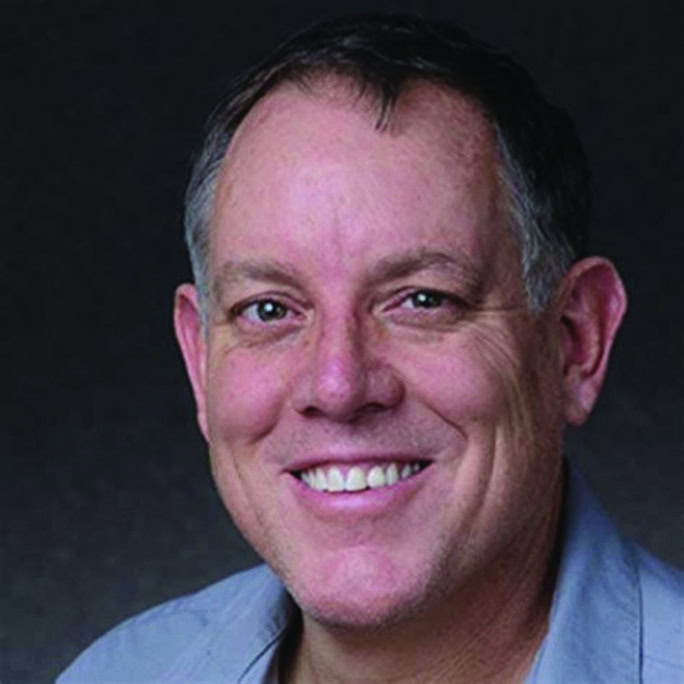
For almost as long as cannabis has been legal in Colorado, Marty Otañez has been studying it. Not the drug itself, but issues surrounding it, such as the health and safety of workers in the industry and ways to reduce stigma for users.
Otañez is an associate professor of anthropology at CU Denver. One of his latest projects involves conducting hour-long video interviews with people about their experiences with psychedelics.
Of the roughly 90 completed since January 2023, roughly 40% are with Black, Indigenous and people of color (BIPOC). The rest are people who “identify as low income” — meaning they are “unwilling or uninterested” in paying the $1,500 that is the going rate for a psilocybin-assisted therapy session, according to Otañez.
It was important that BIPOC populations be the primary focus, Otañez said, because the vast majority of participants in U.S. clinical studies in the U.S. are white: 75%, on average, according to Food and Drug Administration data from 2020. Scientific American reported in 2018 that many studies were 80-90% white.
“My study with a focus on BIPOC was designed as a remedy to the problem,” Otañez said.
BW chatted with him about the ongoing study and what he’s learned from 900 hours of talking about shrooms.
What motivated you to do this work?
As I paid attention to Proposition 122 [which legalized the use of some psychedelics for therapeutic purposes] a lot of BIPOC or community voices were ignored or neglected. I specifically started this study to get people of color or low-income people to share stories on a range of topics: use patterns, microdosing, what their concerns are about medicalization or decriminalization.
What concerns did participants have?
They are concerned about corporations over-medicalizing the substances and beginning to patent component parts of plants and fungi that have been used for over 6,000 years. Medicalizing the substances goes against the essence of how these substances are revered by some Indigenous community members.

Learn more or apply to join the study.
Visit bit.ly/ShroomStudyBW.
People [are] feeling that the psychedelic sector is dominated by white people, and it is white people who will benefit while people of color may be unable to access high-quality, low-cost psilocybin-assisted therapy. The social equity initiatives are going to be too late and too little.
From the perspective of POC and low-income people, this sector is bound to fail.
That’s a criticism that’s really tricky, because not all Indigenous people are the same. Some individuals I spoke with are excited about the decriminalization of the sector because of the career opportunities it provides and the increasing normalization of psilocybin as a resource for healing and wellness. Several are engaged as entrepreneurs or are receiving training so they can participate in the sector as a therapist or a trip sitter.
What did you learn about the ways people are using psilocybin?
This is all preliminary, because I’m not done analyzing the data.
People use psilocybin in a safe way. They make sure they’re in the appropriate mindset and in a safe space. They have a trip sitter or friends join them. They prepare water and healthy snacks and a comfort item.
Many participants are microdosing to help with social anxiety and self-diagnosed depression. This medicine is really powerful, because it allows people who need this natural approach to healing to be well and obtain some kind of wellness for themselves.
Then there’s the whole range of how people consume it: dried substances, chocolate bars, tea, capsules. Several people said they eat them in a peanut butter sandwich.
Was there anything that surprised you?
This whole idea of lemon tekking: drinking citrus such as a lemon or soaking the fungi medicine in lemon before eating them. They said it enhances the high and helps with the nausea.
What’s next for the study?
We are recruiting participants until December 2024 or until I reach 100 participants. The study does offer individuals the option to disguise their face and voice or to only record audio.
The videos will be located on the project webpage, which will have a searchable archive. They’re also being rolled out via my Instagram (@otanezmg) and YouTube channel (youtube.com/@otanezm).
My team and I plan to produce one-page policy briefs for each of the major themes that are emerging in the study: Indigenous/decolonizing perspectives; reasons for use of fungi medicine; dosage; stigmas; harm reduction practices; experiences with cultivation and views about corporatization.
My goal is to also co-author five or more academic papers with study participants. It is commonsensical to me to respect Indigenous knowledge systems and recognize that academic people do not have a monopoly on theoretical ideas.
Undergraduate research assistants Mac Ervin, Madjelyn De Jesus and Toni Yanez assisted with the study and creative work.
Read more about all the ways drugs show up in our lives and society: On Drugs by Boulder Weekly
